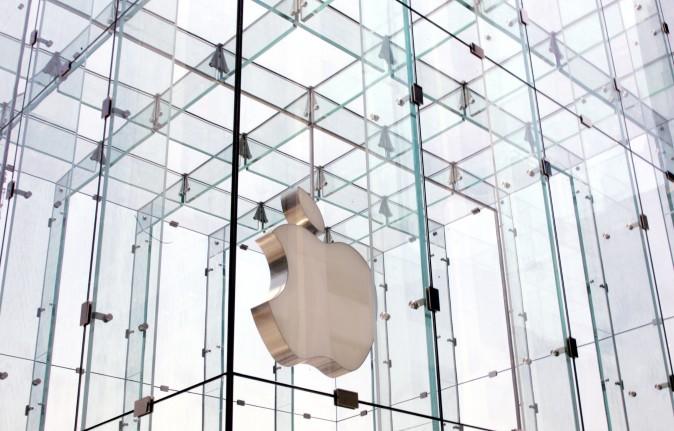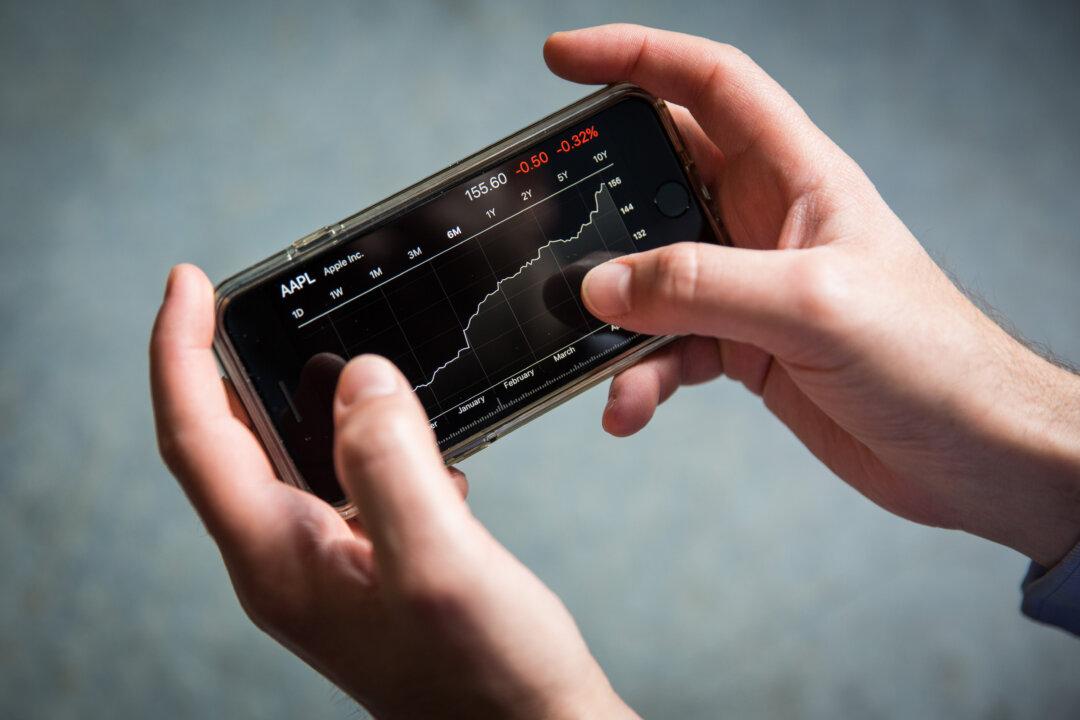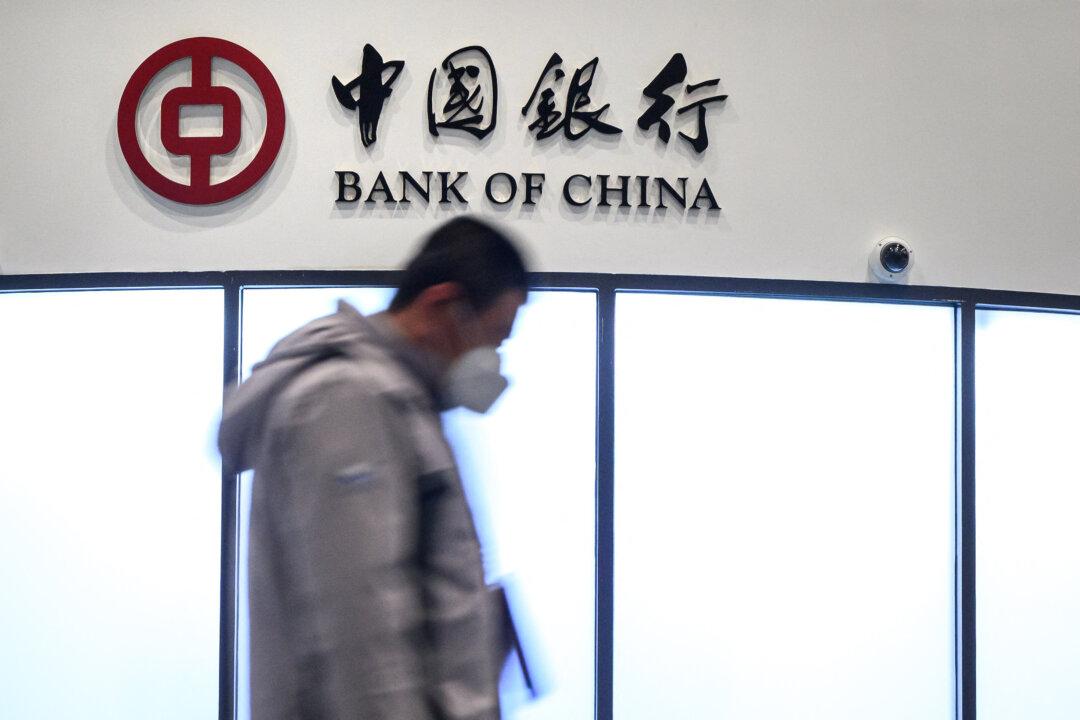Apple Inc. first eclipsed $800 billion in valuation on May 9, becoming the first U.S.-listed firm to surpass that threshold.
The maker of iPhones, iPads, and Mac computers has been on a recent tear. Shares of the Cupertino, Calif.-based company closed at $155.70 on May 15, up 34 percent since Jan. 1 and 72 percent over the last 12 months. In other words, Apple’s value has gone up by more than two-thirds during the last year.
There are a few key factors propelling Apple’s recent rise, with some due to the overall market and some unique to Apple. With a new iPhone on the horizon for later this year, eclipsing the $1 trillion mark will likely be a matter of when, not if.
Rise of Index Funds
Peter Lynch put mutual funds on the map in the 1990s. Two decades ago, mutual funds were a part of many investors’ portfolios. Today, the same can be said of index funds—we are squarely in the age of passive investing.
This trend has been a boon to Apple perhaps more than any other company.
The most popular index funds, which can include exchange-traded funds (ETFs), are baskets of stocks that mimic the performance of an index such as the S&P 500. By their definition, index funds don’t beat the market—as actively managed funds try to—but merely attempt to replicate the performance of a particular index.






